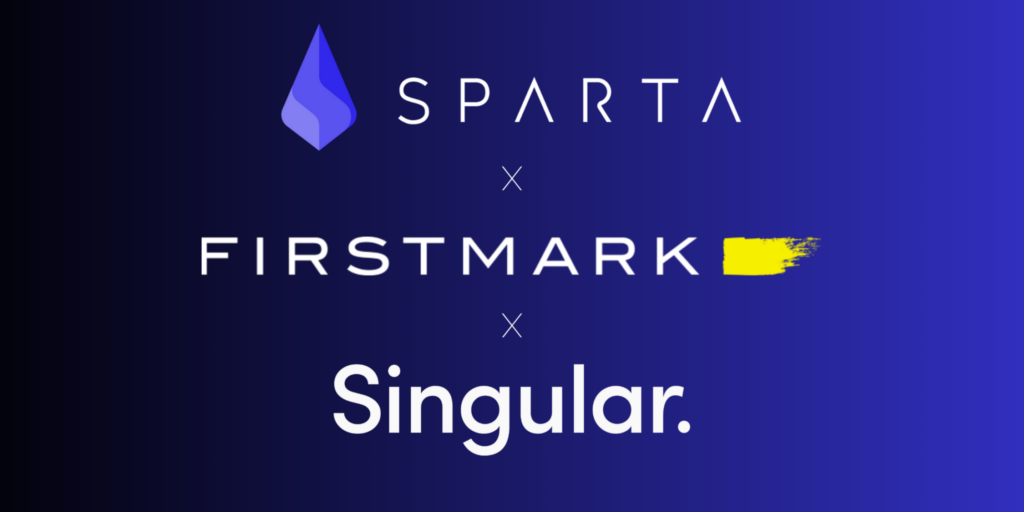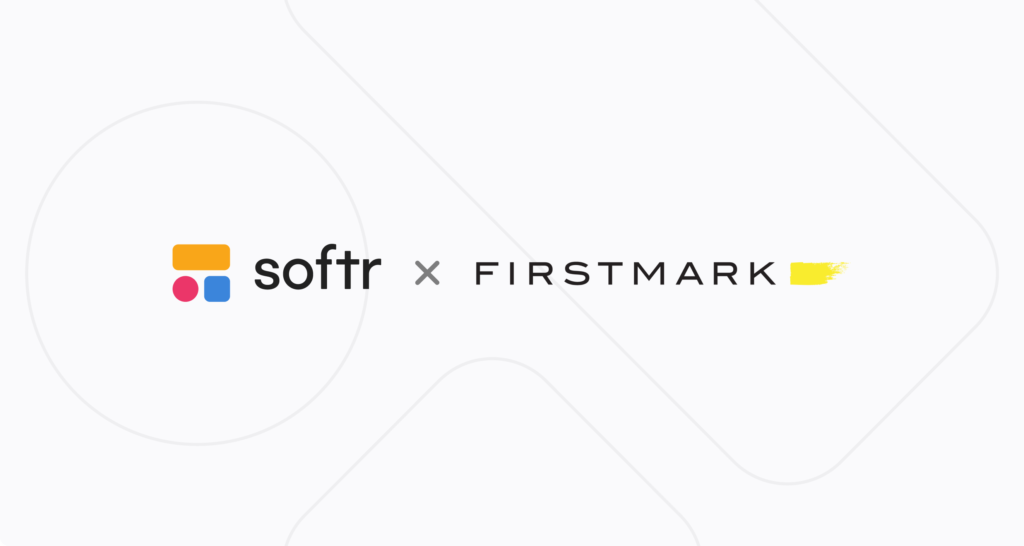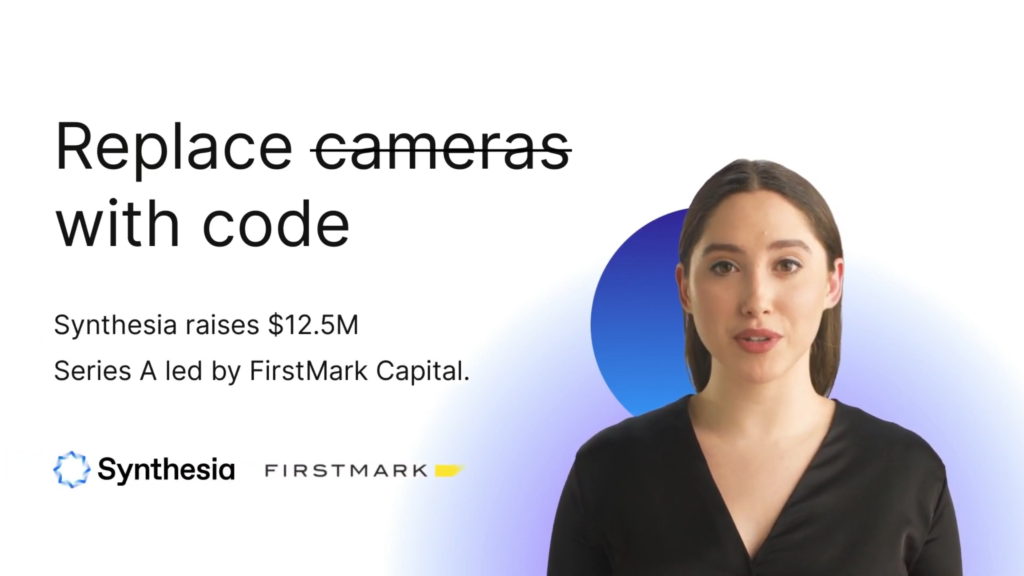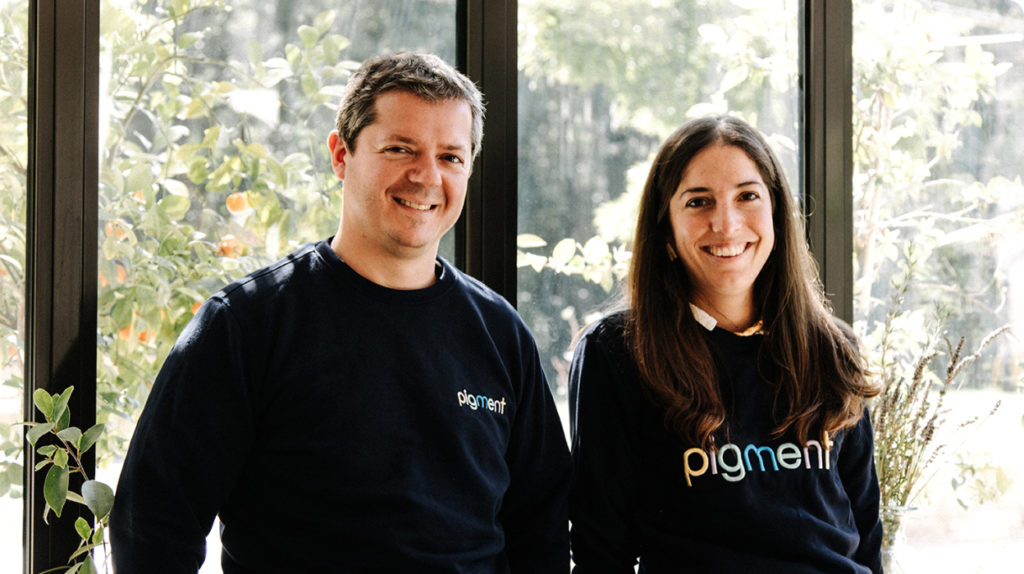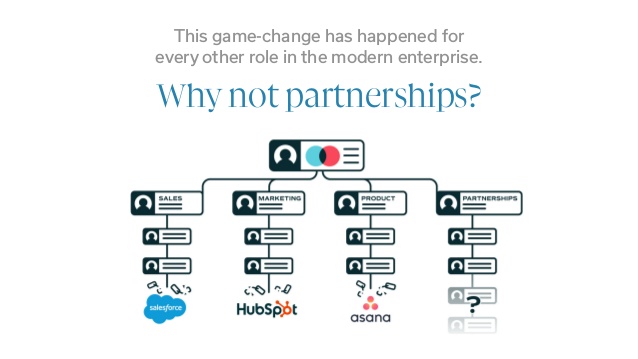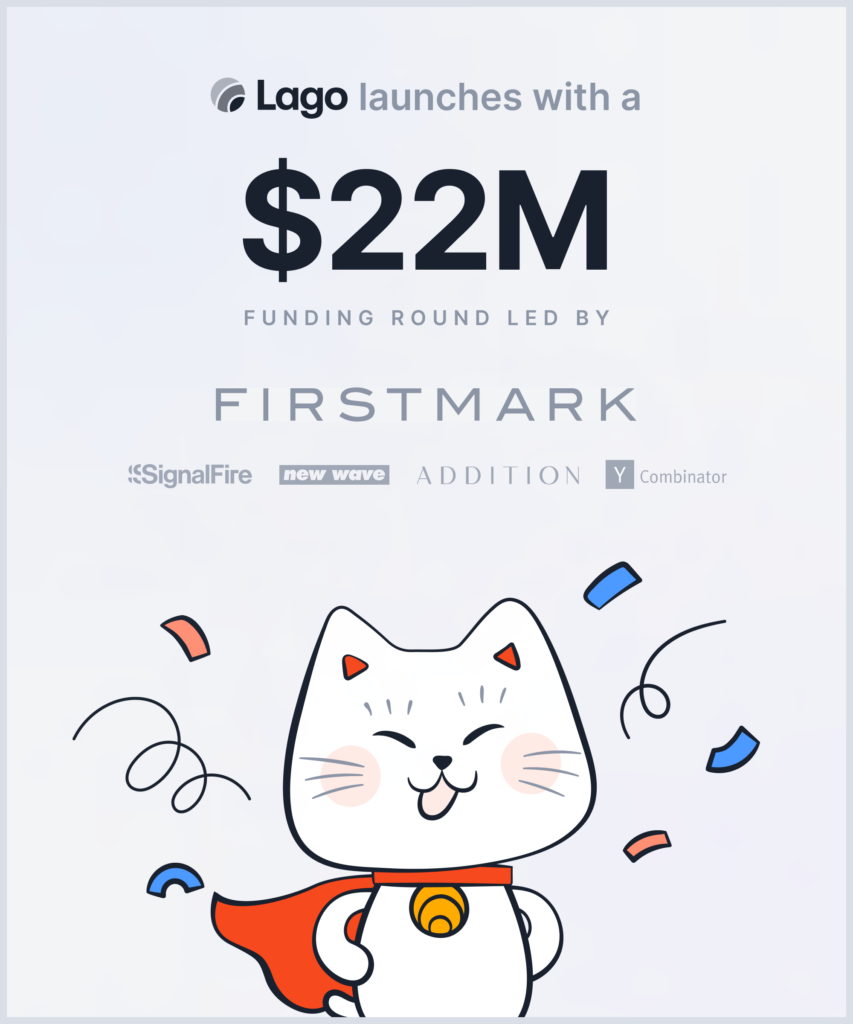
Billing infrastructure has been a vexing issue for generations of software and Internet companies. It is mission critical infrastructure and as such, feels like a problem that should have been sold a long time ago. Yet ask any company and you’ll generally get the same reply: they’re dissatisfied with their billing system, which doesn’t offer the level of flexibility to address their specific needs and the many edge cases that inevitably pop up.
The problem is only getting worse as the software industry transitions from subscription-based to consumption-based revenue models. What started as a trickle is becoming mainstream, as usage based pricing unquestionably builds better alignment with customers. This transition will only be accelerating, as an entire generation of new AI companies coming online that are almost all using that pricing model.
Today, we’re excited to announced our Series A investment in Lago, the leading open source metering and usage-based billing company. Lago offers both a self-hosted and cloud, scalable and modular architecture, and found strong product market fit both as an open source project and a commercial product.
Our investment thesis is pretty simple:
- Usage-based native: Lago is natively focused on the specific problem of usage-based billing and as such, incredibly well positioned to be the default solution for a whole new generation of companies, including in particular AI companies – it is not accident that customers already include AI unicorns like Mistral and Together AI
- Open source: other than the fact that we love open source infra in general (as evidenced by our investments in Cockroach Labs, ClickHouse, Astronomer, SurrealDB, Quickwit, etc), open source is a particularly formidable advantage for the billing space in general, as it enables a level of extensibility and composability that is uniquely suited to edge cases. Lago is a natively open source company with strong OSS traction and a vibrant community
- Europe/US: Lago is one of those bi-continental companies we love at FirstMark, with product and tech based in the vibrant Paris tech ecosystem and GTM, over time, in the US. Particularly as its ambitions go beyond “just” billing, Lago will be building a tremendous amount of product over the next few years, and will be well served by the relative cost advantage that a European location offers.
- Team: Needless to say, first and foremost we love the Lago team, led by co-founders Anh-Tho and Raffi, both incredibly thoughtful and gritty. The Lago team comes from a place of deep industry knowledge, having built the entire billing infrastructure at fintech unicorn Qonto.
- Bonus: getting to hear my colleague Aman repeat “open source metering and usage-based billing”, an area he’s particularly passionate about, thousands of times with equal enthusiasm
We very much look forward to working with Lago, and we’re excited to join a great group of prior investors including our friends at New Wave, SignalFire and some of the “French AI mafia” like Clement Delangue from Hugging Face and Romain Huet from OpenAI.
Of course, Lago is hiring.
